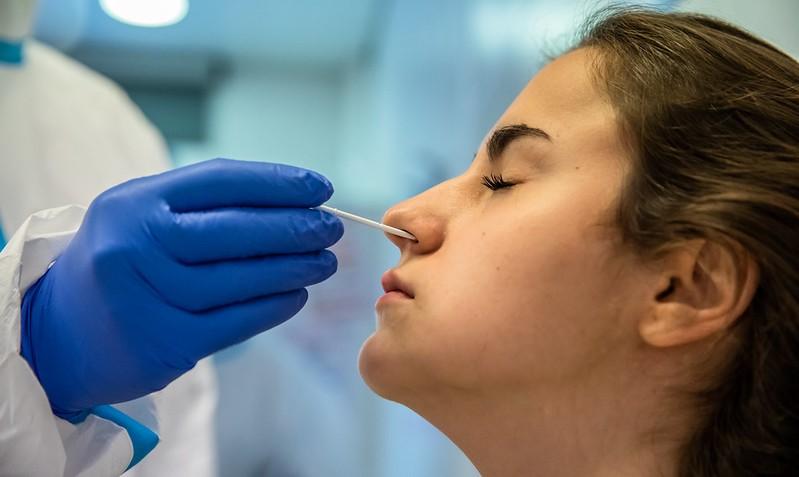Global COVID-19 cases remained steady last week for the third week in a row, though deaths rose and infection levels in the Americas, especially the United States, continued to rise, the World Health Organization (WHO) said today in its latest snapshot of the pandemic.
Meanwhile, the head of the WHO said today that though weekly deaths from the virus are still too high, the world has come a long way in managing the disease, which he said will prompt the emergency committee next month to look at what criteria would be needed to declare the end of the global health emergency.
US among Americas hot spots
The WHO said more than 3.3 million cases were reported last week, reflecting a small rise of 2% that it considers stable. The only world region where cases are rising is the Americas, where cases were up 27% last week compared to the previous week. Much of the rise in the Americas is due to spikes in the United States, as well as increases in some South American countries, including Argentina, Bolivia, and Peru, and to a smaller extent, Brazil.
In the United States, the 7-day average for new daily cases today is 66,331, up 57% from a week ago, according to Washington Post tracking.
However, deaths were up 10% last week, with more than 9,700 fatalities reported to the WHO. Much of the increase in deaths came from the Americas and Eastern Mediterranean regions. Deaths were also up in Africa, though the WHO said the rise was mainly due to batch reporting from South Africa.
WHO: Uncertain impact from diversifying subvariants
In its updates on Omicron variants, the WHO said the Omicron variant continues to diversify, and of more than 540 descendent lineages and more than 61 recombinants, five are under monitoring due to notable genetic variation, increased prevalence, or impact on cases in more than one country. It added that BQ.1 variants, which are BA.5 descendants, are one of the fastest growing; BQ.1 has spread to 90 countries, with Ecuador, Portugal, Spain, France, and Colombia reporting the highest percentages.
Other BA.5 variants with mutations under monitoring are also rising rapidly, especially in South Africa, Costa Rica, Peru, Mexico, and Brazil, the WHO said.
Meanwhile, XBB and BA.2.75 levels are rising slowly, but so far, data don't suggest that they are driving new waves of infection.
So far, it's unclear if the immune-escape properties of variants will drive new illness waves, and future patterns might be influenced by country differences in population immunity, timing of earlier waves, and vaccine uptake.
Similarly, a recent updated risk assessment of the variants from the United Kingdom Health Security Agency (HSA) said BQ.1 viruses, especially BQ.1.1, and XBB seem to have a growth advantage over BA.5. It added that the subvariants have an antigenic distance from each other and the vaccine, which could lead to increased community transmission that would probably vary by location due to season, behavior, and vaccine uptake.
At today's WHO briefing, Director-General Tedros Adhanom Ghebreyesus, PhD, said the virus is here to stay, and countries will need to manage it alongside other respiratory threats such as influenza and respiratory syncytial virus (RSV).
He added that there are still many uncertainties and challenges, including variant surveillance, post-COVID conditions, and understanding how the virus emerged. "We continue to call on China to share the data and conduct the studies that we have requested, to better understand the origins of this virus," Tedros said. "As I have said many times, all hypotheses remain on the table."


















